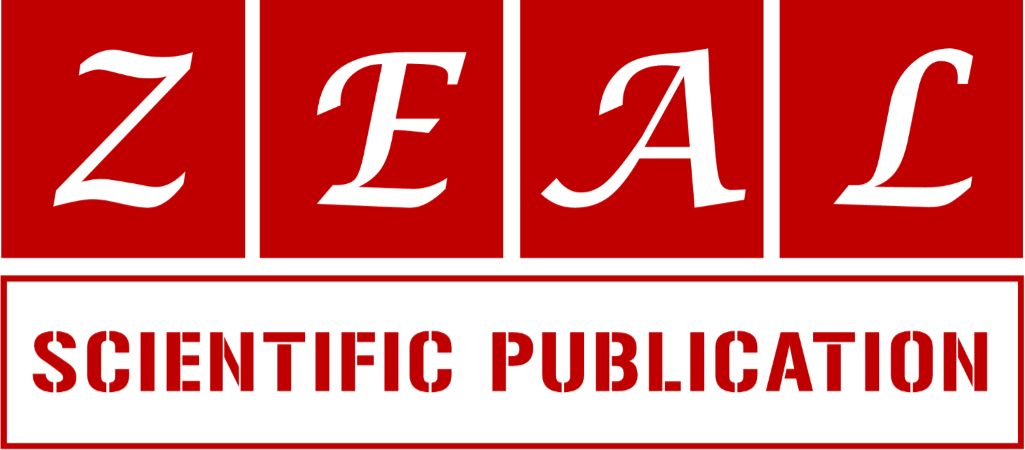Curcumin analogues for possible cancer treatment A QSAR and partial ordering study
1 Awareness Center, Linkøpingvej 35, Trekroner, DK-4000 Roskilde, Denmark.
2 Department of Science and Environment, Roskilde University, Denmark.
3 Department of Chemistry, College of Education for Pure Sciences, University of Basrah, Iraq.
4 Department of Pharmaceutical Chemistry, College of Pharmacy, University of Basrah, Iraq.
Research Article
World Journal of Biological and Pharmaceutical Research, 2021, 01(02), 001–016.
Article DOI: 10.53346/wjbpr.2021.1.2.0126
Publication history:
Received on 19 June 2021; revised on 31 July 2021; accepted on 01 August 2021
Abstract:
The possible effect of curcumin as a potential natural cancer treatment drug has been intensively discussed. In the present study the probabilities of a series of curcumin analogues to possess potential as antineoplastic, prostate cancer treatment and anticarcinogenic agents has been studied theoretically applying a selection of quantitative structure-activity relation and absorption, distribution, metabolism, and excretion (ADME) approaches. From spectroscopic studies it is evident that these compounds can be found in both enol and diketo forms, the former in general the more predominant in non-polar solvents, whereas in polar solvents, like water an increasing amount of the diketo form can be noted. Hence, the probabilities for both the enols and diketo forms to possess the above-mentioned effects were studied. In most cases the enol form shows the highest probabilities for being effective although the differences are not significant. Thus, it is suggested to look at the sum of effects of the keto and the enol forms in relation to the possible therapeutic effects of the compounds here studied.
Keywords:
Curcumin; Curcuminoids; Antineoplastic effects; Prostate cancer treatment; Anticarcinogenic effects
Full text article in PDF:
Copyright information:
Copyright © 2021 Author(s) retain the copyright of this article. This article is published under the terms of the Creative Commons Attribution Liscense 4.0
